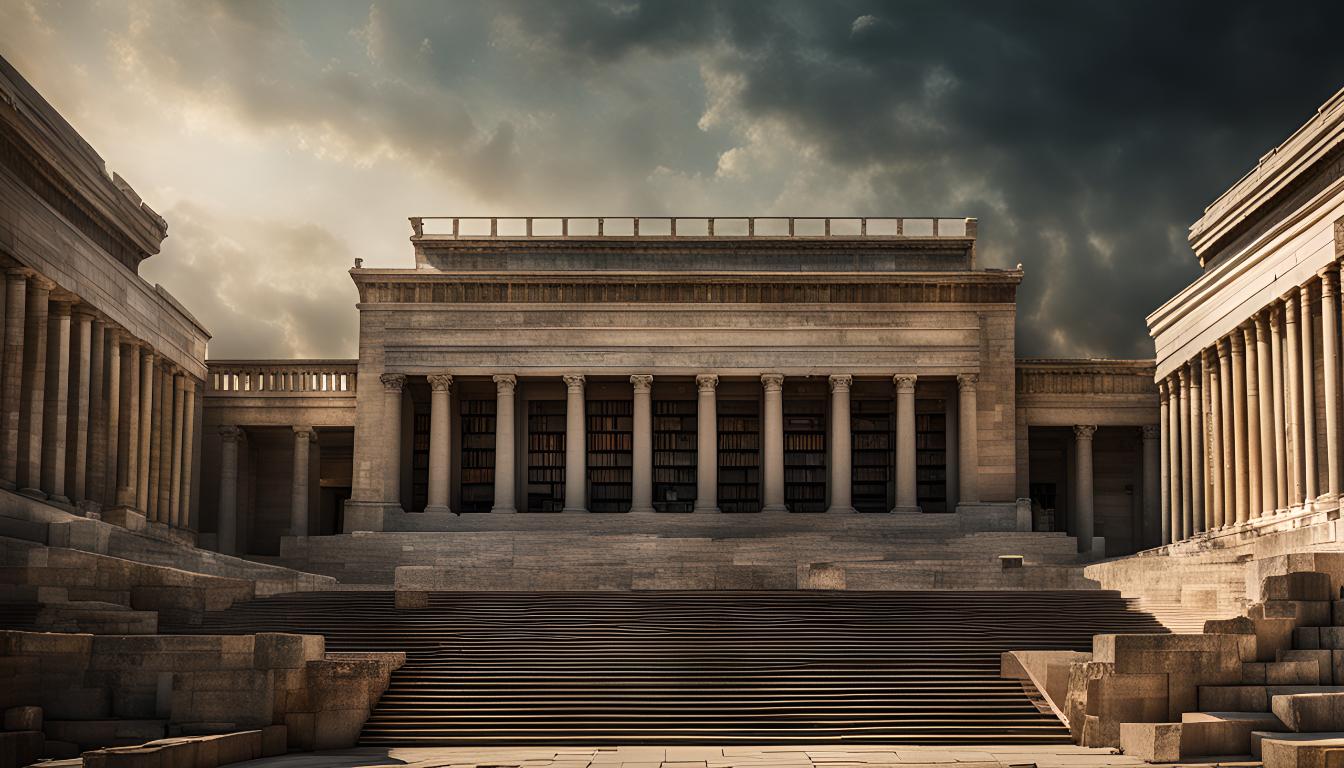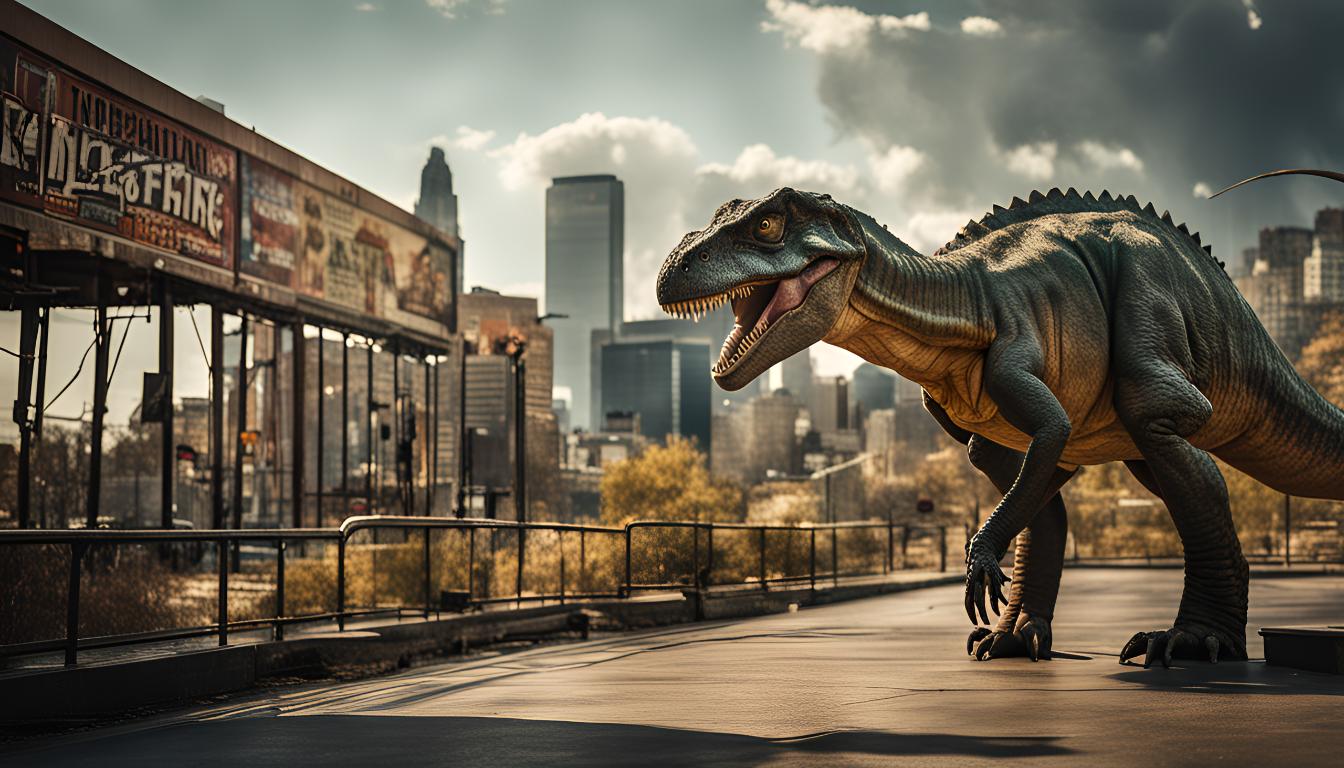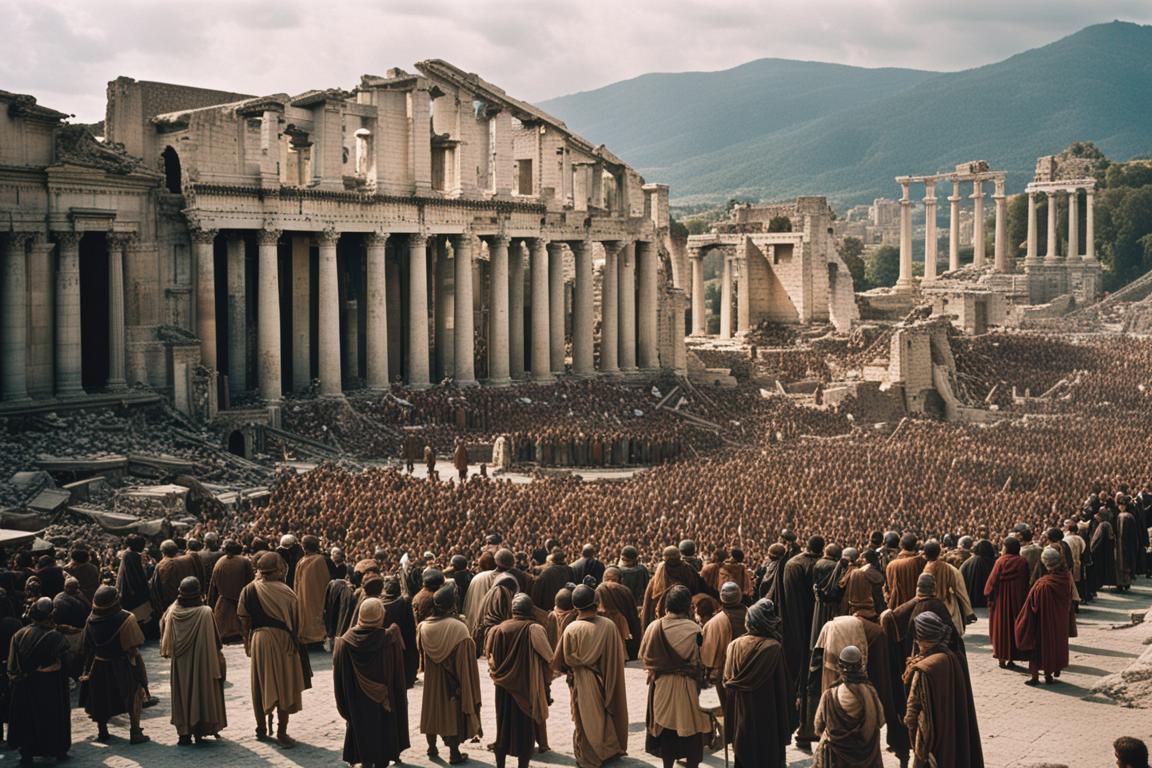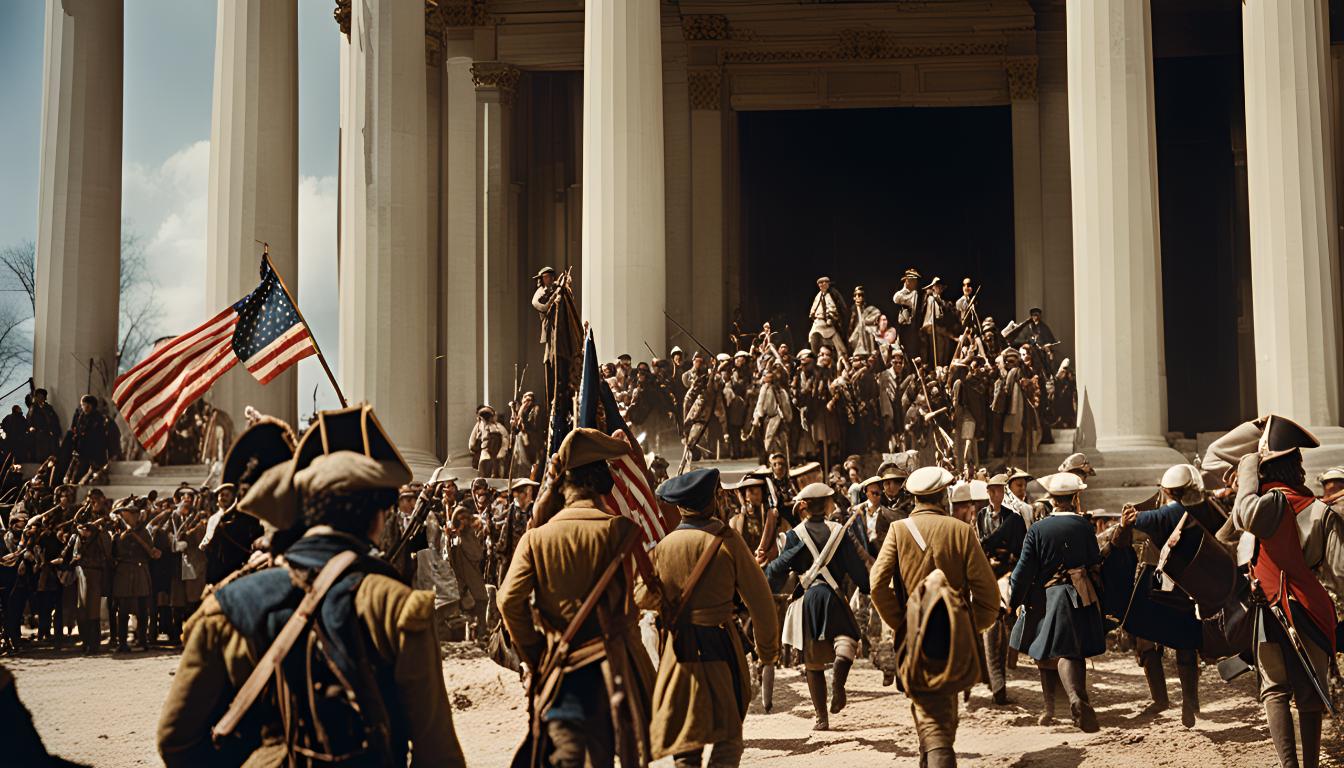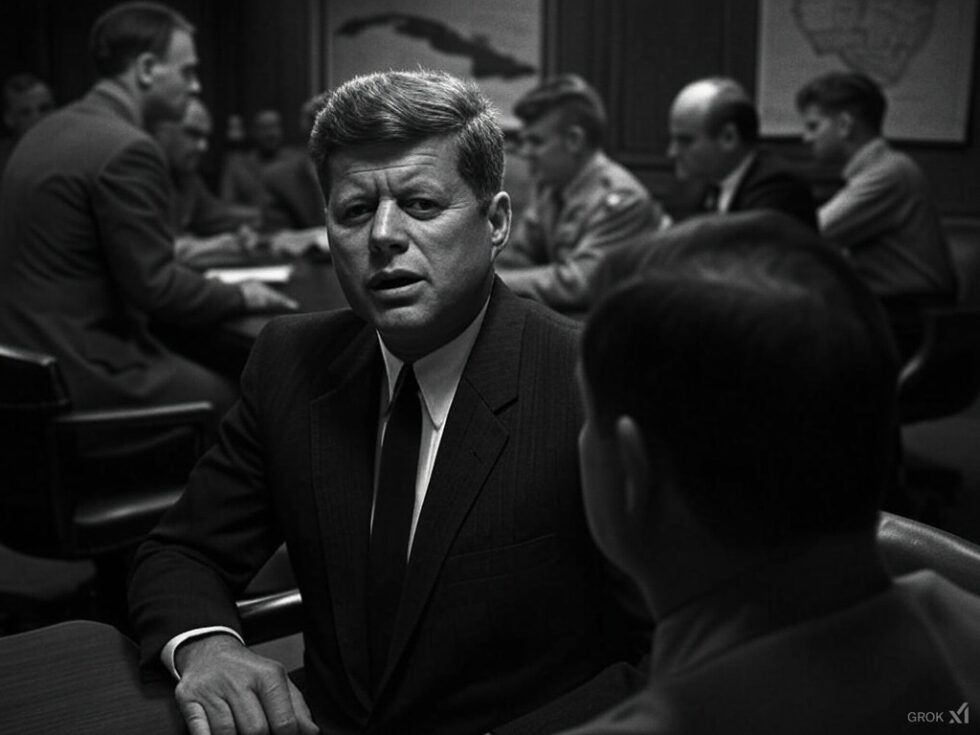
In the fraught autumn of 1962, the world stood perilously close to annihilation. The Cuban Missile Crisis, a tense standoff between the United States and the Soviet Union over nuclear missiles in Cuba, was a moment steeped in danger. In our reality, diplomacy prevailed, averting disaster. However, in this alternate history, a single misstep led to catastrophic escalation.
On the morning of October 27, 1962, a U.S. U-2 reconnaissance plane was shot down over Cuba, an act perceived as a declaration of war. The incident sent shockwaves through the White House. Under immense pressure from his military advisors, President John F. Kennedy authorized a retaliatory strike. The first missile launched from a U.S. submarine in the Atlantic Ocean, aimed at Soviet missile installations in Cuba. Within hours, the world was engulfed in nuclear fire.
The initial exchange was devastating. Major cities across the globe were obliterated in mere hours. New York, Washington D.C., Moscow, and Leningrad were reduced to smoldering ruins. The death toll was staggering, and the nuclear fallout’s effects were felt worldwide. Ash and debris darkened the skies, plunging the planet into a nuclear winter.
In the immediate aftermath, survivors emerged from the wreckage, dazed and disoriented. The infrastructure of modern civilization had crumbled, leaving a landscape of desolation. Governments, if they existed at all, were powerless to provide aid. Chaos reigned as survivors struggled to find food, water, and shelter in a world that had become unrecognizable.

Amidst the ruins, small communities began to form. People banded together for survival, sharing resources and knowledge. In the absence of centralized authority, these groups developed their own systems of governance. Some were democratic, while others were ruled by the strongest or most charismatic leaders. Humanity was forced to adapt quickly to this new reality, where the old rules no longer applied.
As the years passed, the Earth began to heal. The skies gradually cleared, and the sun’s warmth returned. Nature, resilient as ever, began to reclaim the land. Forests grew over the ruins of cities, and wildlife flourished in the absence of human interference. The survivors, too, adapted to their changed world. New generations were born who had never known the world before the war. To them, stories of skyscrapers and airplanes were as fantastical as the myths of ancient civilizations.
In this new world, technology became a distant memory. The knowledge of the past had been lost in the fires of war. The survivors relied on ingenuity and resourcefulness to rebuild their lives. They harnessed the power of the sun and wind, learned to cultivate the land, and rediscovered ancient techniques for crafting tools and building shelters. The remnants of the old world became relics, artifacts of a bygone era.
Over time, the scattered communities began to reconnect. Trade routes emerged, facilitating the exchange of ideas and culture. A new civilization slowly took shape, one more attuned to the rhythms of nature and less reliant on the technologies that had once brought humanity to the brink of destruction. The lessons of the past were not forgotten; they were woven into the fabric of a new society that valued cooperation over competition, sustainability over exploitation.
The world that emerged from the ashes of the Cuban Missile Crisis was vastly different from the one that had existed before. It was a world where the scars of the past were visible, but where hope and resilience triumphed over despair. Humanity had been given a second chance, and this time, it was determined not to repeat the mistakes of the past. The legacy of the crisis was a world that, though born of tragedy, was committed to building a future where peace and harmony reigned.

